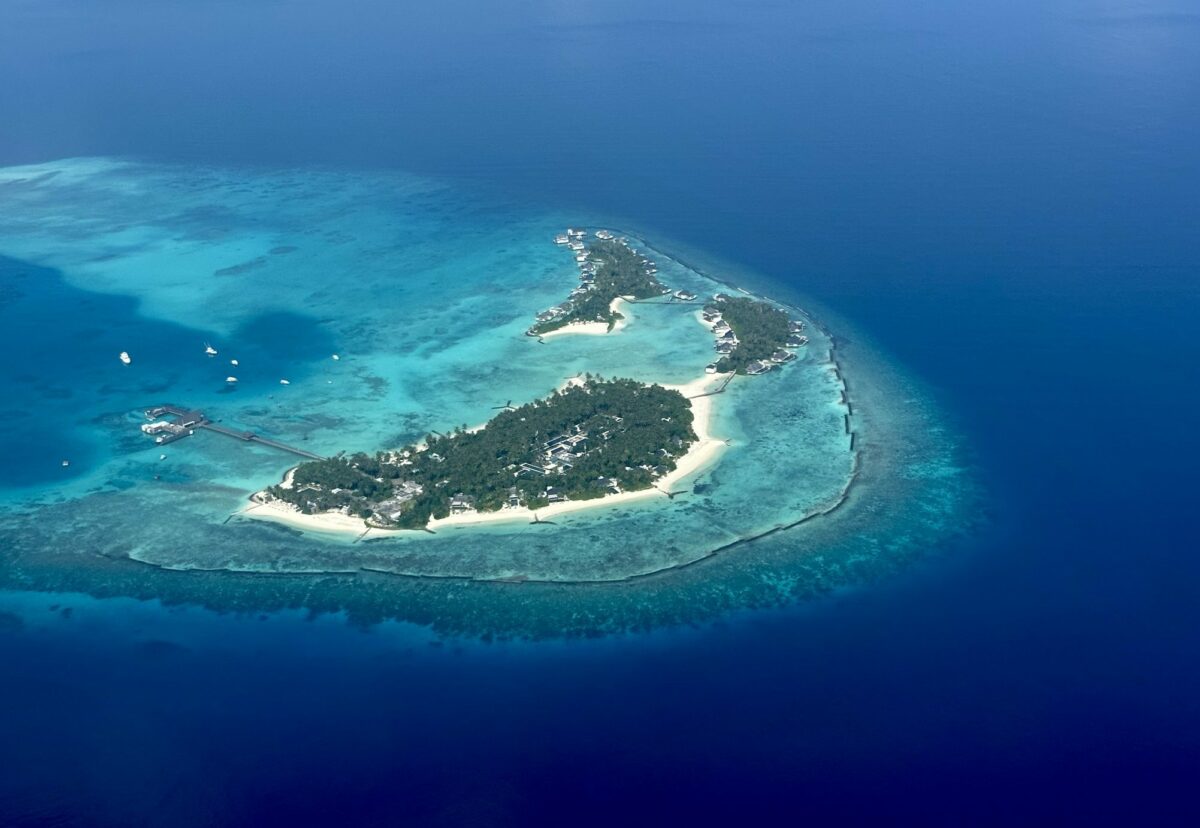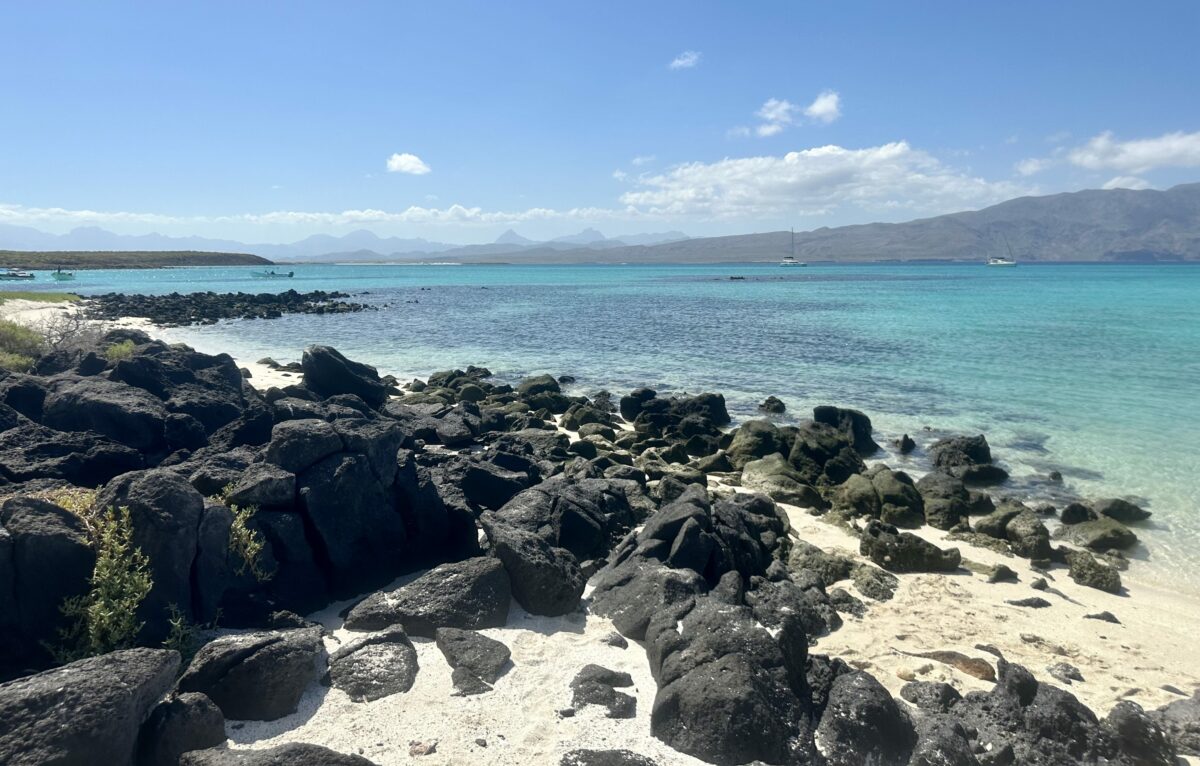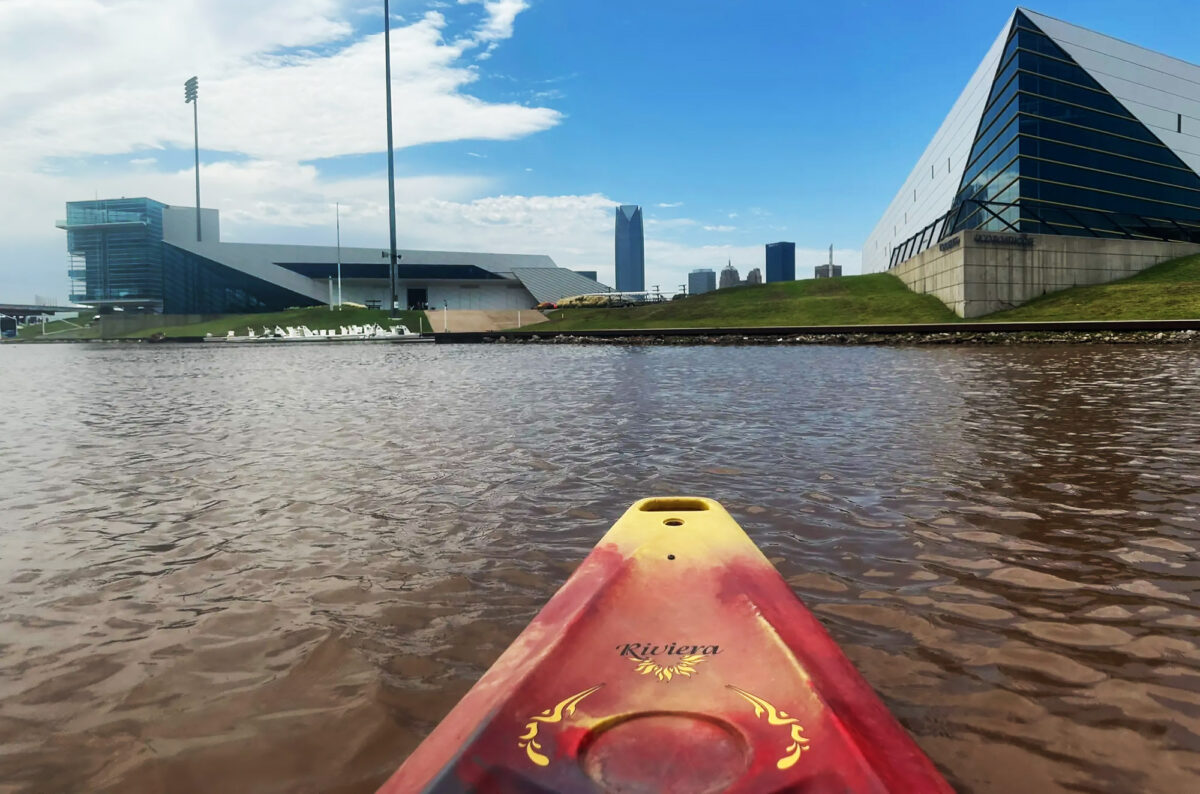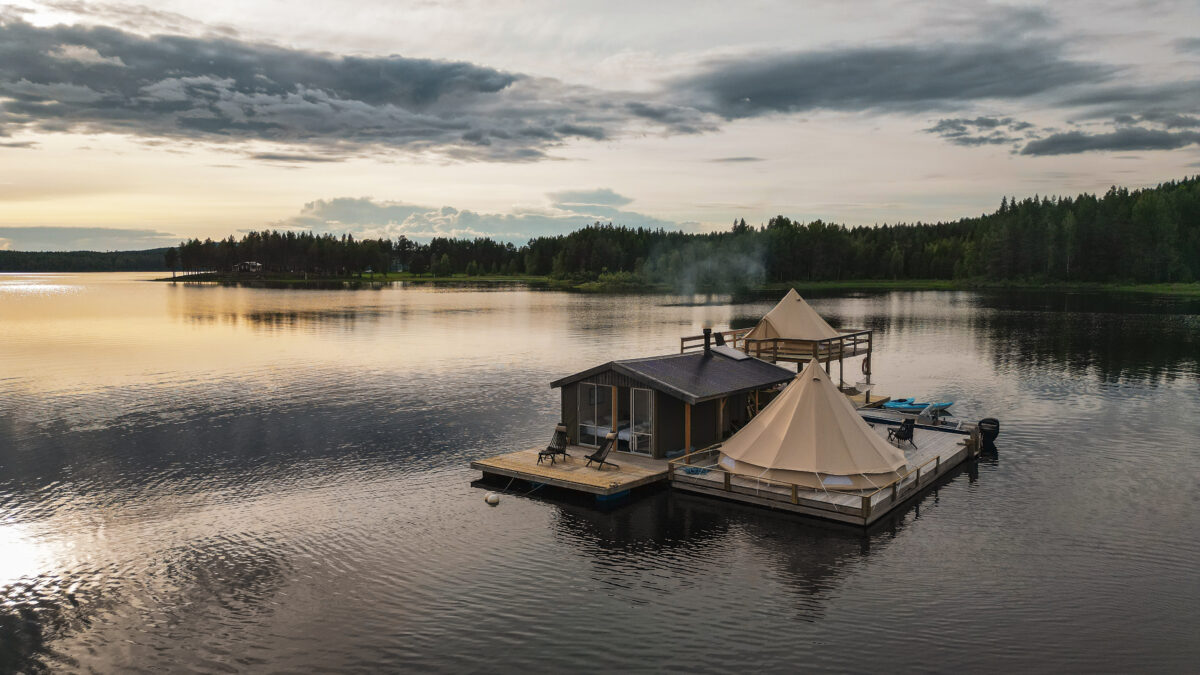Caroline Paul wrote “Tough Broad: From Boogie Boarding to Wing Walking — How Outdoor Adventure Improves Our Lives as We Age” because she was 55 and wondering about her future.
“I had always been an outdoor adventurer, from my youth as a whitewater guide to my many wilderness expeditions on mountain bikes and sea kayaks in midlife, to skateboarding and surfing and flying experimental planes into my fifties,” the bestselling author and former firefighter said in an interview released by her publisher, Bloomsbury Publishing. “But I looked around and there really were hardly any women my age out there with me.”
While she saw plenty of men her age and older, she realized that her peers were dialing back their adventure. “So I began to look at the research and also to talk to women who were still doing things outside. And what I found was surprising even to me.”

Paul takes readers around the country to meet women ages 50 to 90 who are still getting outside to challenge themselves, learn new things, take risks, and chase awe. These women include 80-year-old scuba diver Louise Wholey, who braves the chilly waters of Monterey, California; Kittie Weston-Knauer, a 74-year-old BMX racer and instructor in Des Moine, Iowa; and the Wave Chasers, a group of boogie boarding senior women in San Diego. “Tough Broad” shares Paul’s interviews, research about aging, and experiences joining these women — her role models — in their chosen outdoor adventures.
“We need templates in our life,” Paul writes. “We need to see our possible selves in someone else’s grand exploits.”

My favorite chapter was about wing-walking. Seventy-one-year-old Cynthia Hicks likes to Google “something fun to do here” when she travels. That’s how she discovered Mason Wing Walking Academy in Sequim, Washington. In the 1920s, when there were lots of surplus planes left over from World War I, this daredevil activity became popular as part of aerial shows. Today, people can still learn how to climb out of their seats in a red biplane, attach themselves to a cable on the wing, and stay there while the plane does loop-de-loops.
The author beautifully describes the day that Marilyn Mason taught her to wing walk. “The plane rockets skyward. As it climbs, my mind shuffles around in a state of bewilderment. It ransacks neurons and old memories for a pattern to latch on to. Too late. The horizon curdles, falls away. Spinning earth, buffeting air, iceberg clouds flashing by.”
In the wing walking chapter, Paul talks about how research on the state of awe has exploded recently. “I recognize how perfectly wing walking primes us for awe: there is the majestic view at thirty-five hundred feet that feels almost religious; there is the total disequilibrium of doing something so antithetical to every survival instinct; there is the exhilaration of twirling and ricocheting and falling in a vast sky.”
While less active people often see adventure activities as thrill-seeking, Paul wonders at her underlying drivers, especially as she ages. “Could this be what has really been motivating my outdoor quests these past few years? Instead of adrenaline, have I unwittingly been seeking awe?”

“Tough Broad” is an entertaining read. It’s sure to inspire women to continue to enjoy the outdoors, create new neural pathways as they try new things, and enjoy the camaraderie of their sisters in adventure into their later years.
Writer received a free advance copy of the book for review.























